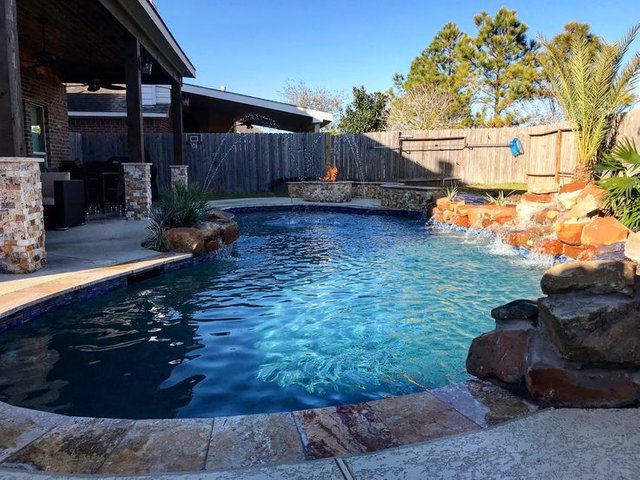Demystifying the Price of Swimming Pool Removal
If you have a gunite pool that you no longer use or want to replace, you may be considering its removal. However, understanding the cost to remove a gunite pool can be a complex task. In this article, we will demystify the price of swimming pool removal by breaking down the various factors that influence the cost. By gaining a clearer understanding of these factors, you will be better equipped to estimate and plan for the expenses involved in removing a gunite pool.
Pool Size and Complexity:
The size and complexity of the gunite pool are significant factors in determining the cost of removal. Larger pools require more labor, equipment, and time to complete the demolition and excavation process. Additionally, pools with unique shapes, attached spas, waterfalls, or other complex features may increase the overall cost due to the additional work involved in their removal.
Demolition Method:
There are two primary methods for removing a gunite pool: partial removal (abandonment) and full removal. Partial removal involves breaking up the upper portion of the pool and filling it with soil or gravel, while full removal entails completely demolishing and removing the entire pool structure. The method you choose will impact the cost, as full removal generally requires more labor, equipment, and debris removal.
Site Access and Conditions:
The accessibility of the pool area and the condition of the surrounding site can affect the cost of removal. If the pool is located in a backyard with limited access, it may require special equipment or alternative methods for demolition, potentially increasing the overall cost. Factors such as the presence of trees, structures, or underground utilities near the pool can also impact the complexity of the project and subsequently impact the cost.
Disposal Fees and Permits:
Disposing of the debris generated during pool removal is an additional cost to consider. Depending on your location, there may be fees associated with transporting and disposing of the materials at an approved facility. It is important to check with local waste management facilities to understand the disposal fees for concrete and other materials. Additionally, be aware of any necessary permits or inspections required by local authorities, as these may incur additional costs.
Site Restoration:
After the pool has been removed, there may be a need for site restoration. This can include backfilling the excavated area, leveling the ground, and potentially restoring landscaping features. The extent of site restoration required will depend on your preferences and plans for the space. Allocating a portion of your budget for site restoration is essential to ensure a finished look that meets your expectations.
Conclusion:
Removing a gunite pool is a significant decision that requires careful planning and consideration, especially when it comes to estimating the cost. By understanding the factors that influence the price of swimming pool removal, such as pool size, complexity, demolition method, site access and conditions, disposal fees, permits, and site restoration, you can make more informed decisions and effectively budget for the project.
It is crucial to consult with professional pool removal companies to obtain accurate estimates based on your specific circumstances. They can assess your pool, evaluate site conditions, and provide guidance tailored to your project. With proper planning and understanding of the cost to remove a gunite pool, you can embark on the pool removal process confidently and efficiently transform your outdoor space according to your needs and preferences.
